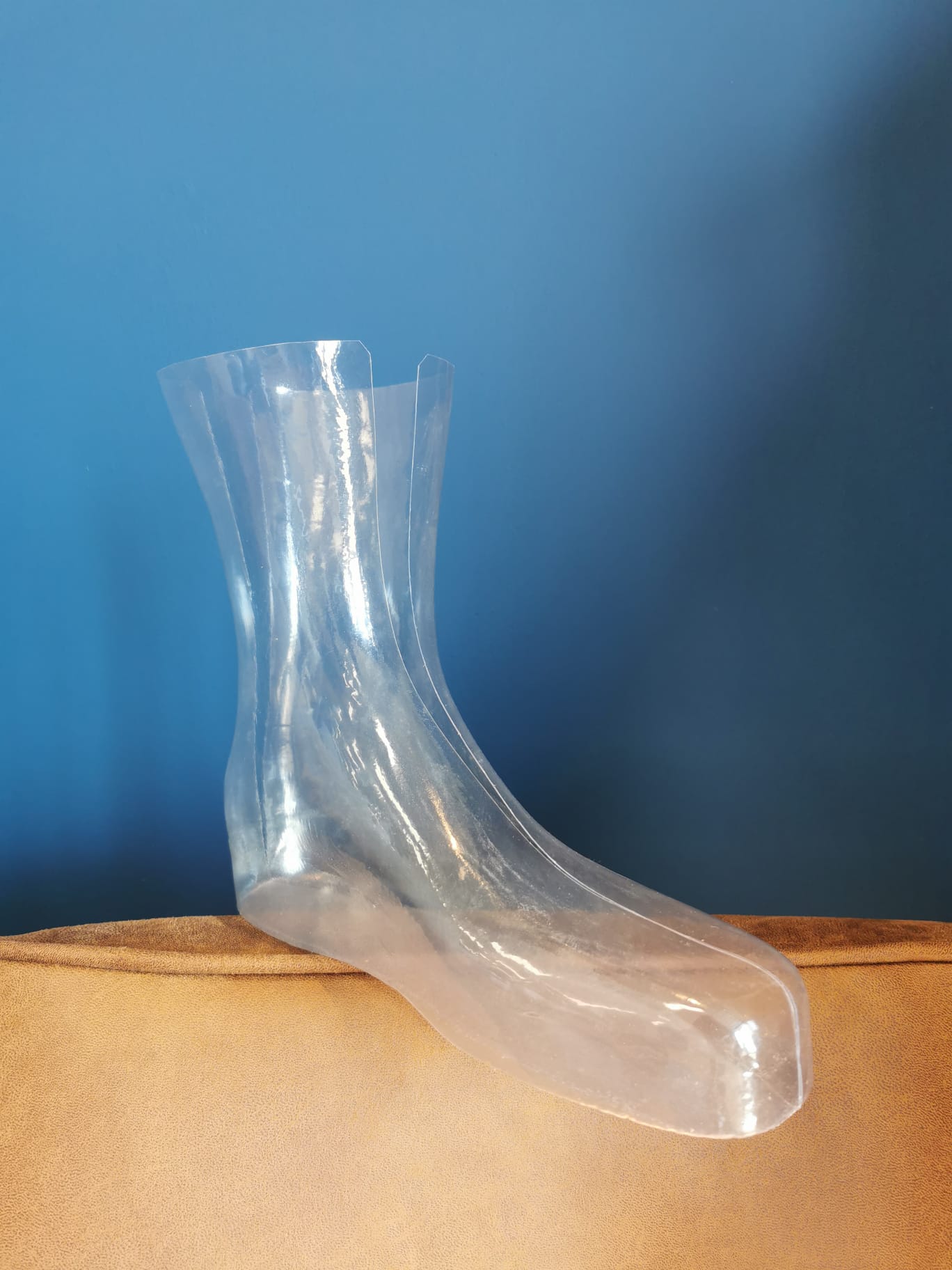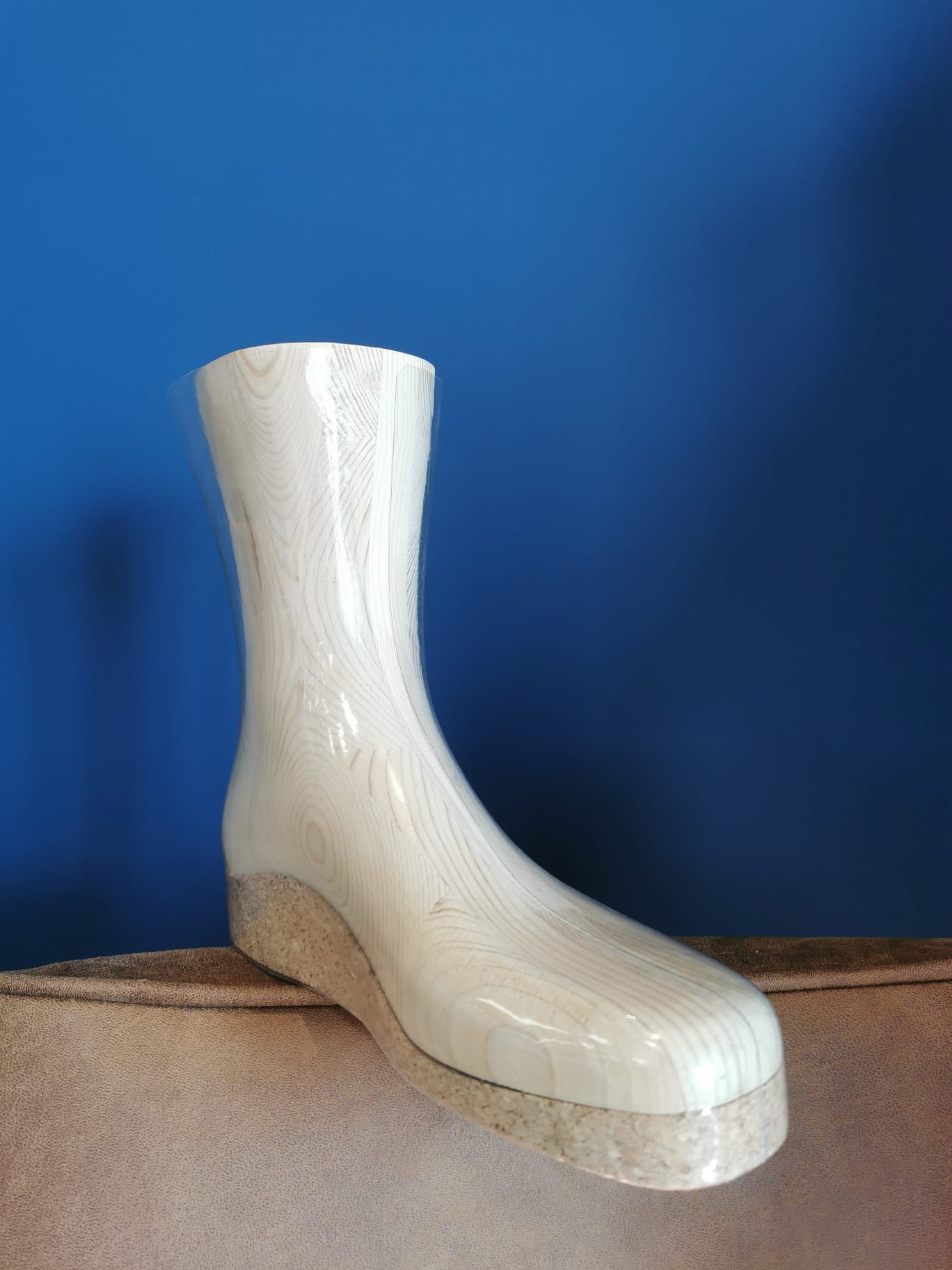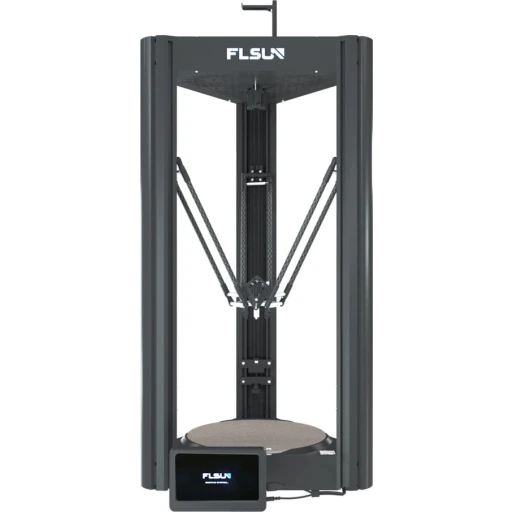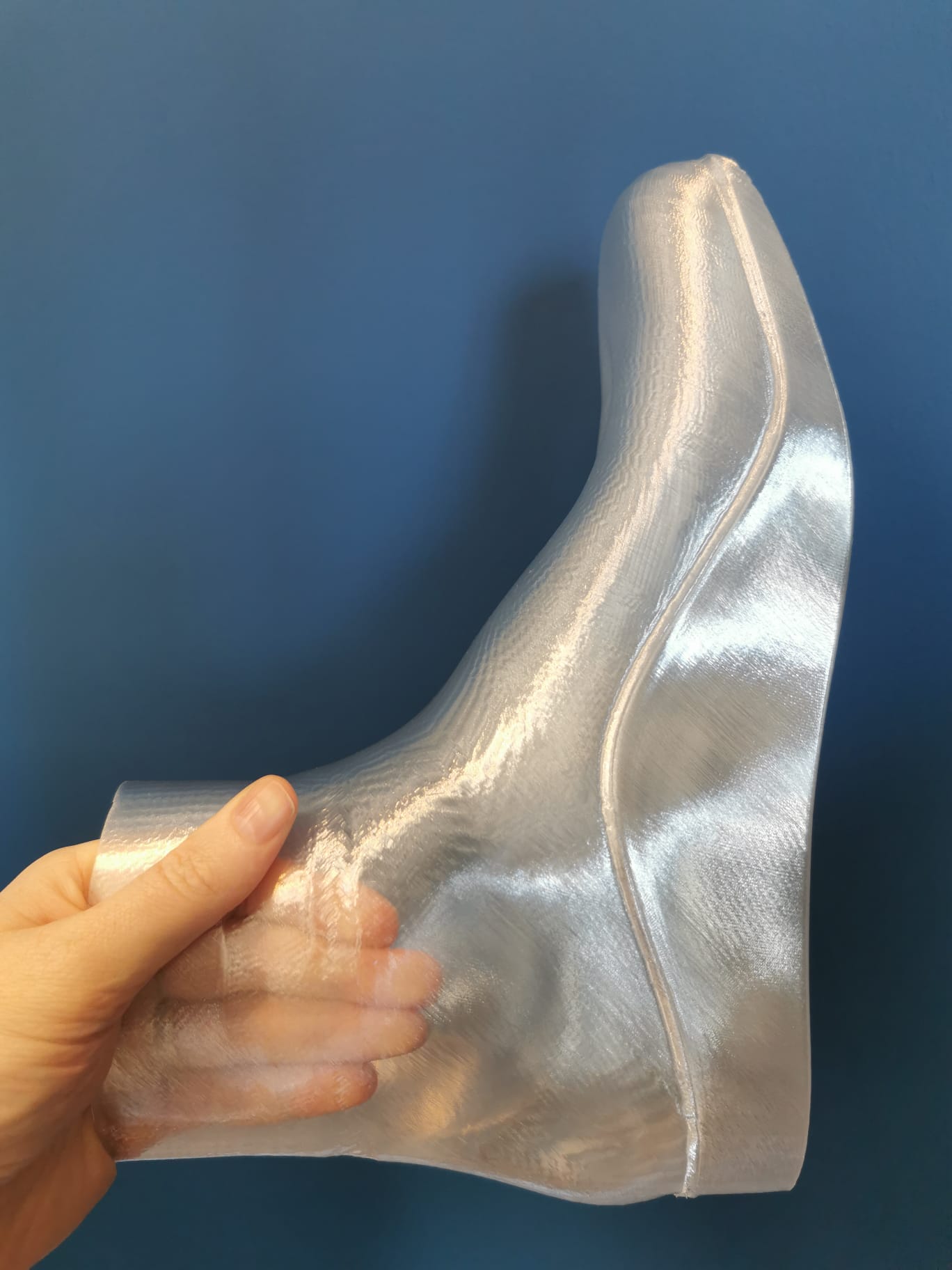The current process and the challanges
Traditional Methods and Emerging Changes
The orthopedic shoe industry is about to change a lot because of new digital design and printing. In the past, making an orthopedic shoe started with designing and shaping a shoe last model. Then, a clear plastic cover was shaped around the model using a vacuum process. After that, they had to carefully make changes to the model by hand, like smoothing it out and adding materials like cork, based on how the plastic cover fit the foot. This process of making changes took a lot of time.
Digital Transformation and Outsourcing
The orthopedic shoe industry has evolved by integrating digital technologies into its traditional methods. Now, after initially handcrafting the shoe last, the design process becomes digital, allowing for precise customizations. These digital designs are usually milled from wood for its durability and then used to create a test shoe for fitting. Following a customer fitting session, any needed adjustments are made. The final shoe is then either made in-house or by an outsourcing partner, combining traditional skill with digital precision for a better fit.
 Foil Test Shoe Vacuum Formed
Foil Test Shoe Vacuum Formed
Addressing the Challenges of Global Shipping
As the trend towards outsourcing grows, it becomes evident that shipping from an external country back to the local orthopedic company, followed by another round of shipping after fitting, incurs significant time and costs. This cycle of sending the shoe lasts and prototypes across borders not only adds to the environmental footprint but also delays the delivery of the final product to the customer. The reliance on international shipping poses a challenge to efficiency, making it imperative to seek more sustainable and time-efficient solutions. The next evolution in the orthopedic shoe industry must address these logistical inefficiencies by minimizing the reliance on long-distance shipping and exploring more localized or technologically advanced alternatives that can expedite the process while reducing costs and environmental impact.
 Foil Test Shoe On Last Vacuum Formed
Foil Test Shoe On Last Vacuum Formed
New workflow: 3D-printing the test shoe
The approach is changing with the introduction of digital design and the ability to print materials for test shoes. This new method marks the beginning of an era focused on precision and efficiency, where the first steps of designing are done on a computer, providing unmatched detail and flexibility. The key to this change is the printing of test shoes—a process that is not only quick but also very cost-effective.
By spending just 700 euros on a printer (for example the FLSUN V400), the industry can now create a pair of test foils at an incredibly low cost of 3 to 6 euros, with each piece taking only 1.5 hours to print. This improvement greatly shortens the time it takes to make shoes and almost removes the need to physically move shoe parts and materials, leading to a big decrease in shipping costs.
 FLSUN V400 printer
FLSUN V400 printer
This process is remarkably straightforward and user-friendly. Once the design of the shoe last is complete, you have the option to choose between a gross or netto version for the test shoe, depending on the level of detail and finish you require for the fitting. With just a single click, the design file is sent to the printer, ready for production. Starting the print job is as simple as pressing the 'start' button on the printer. This ease of operation not only minimizes the learning curve for new users but also significantly speeds up the production cycle, allowing for more efficient use of time and resources.
Localized Testing and Production
Under the revamped workflow, the creation of shoe lasts has become more flexible and efficient. We have the option to design the shoe lasts in-house or to collaborate with external designers. However, a significant innovation in this process is the local printing of test shoes. By printing these test versions locally, we can conduct fittings immediately.
Same-Day Fittings: Enhancing Customer Satisfaction
The ability to print and fit test shoes on the same day marks a substantial improvement in customer service and efficiency. Once the test shoe is fitted and any necessary adjustments are identified, we can swiftly modify the digital design of the shoe last. This immediate feedback loop ensures that the final product is tailored precisely to the customer's needs, enhancing comfort and fit.
Streamlined Production: From Digital Design to Final Product
After perfecting the design of the shoe last through digital modifications, we proceed to the production phase. The shoe lasts and the final shoes are produced based on the refined digital model. This streamlined approach not only saves significant shipping time and costs by reducing the need for sending the last back and forth but also accelerates the overall production timeline, allowing customers to receive their custom-fit shoes faster than ever before.
Do we have enought transparency?
Moving to digital ways of working made some people wonder if the new printing materials were clear enough and worked well. To check this, we worked closely with orthopedic shoe companies. After lots of tests and using the materials in real situations, we found out that the printing materials are indeed clear enough for making orthopedic shoes. This means we can use digital designs and printed foils instead of the old way of shaping foils around the shoe models. This allows us to see the shoe model clearly and make accurate changes and notes.
 3D Printed Foil Test Shoe
3D Printed Foil Test Shoe
The Future
Using digital design and printing for making orthopedic shoes looks like it's going to be really good, but it's not all easy. We need to spend some money at the start on new machines and learn new ways of doing things, which some people might not like.
Switching to digital design and printing for making orthopedic shoes is a big change for the better. It means less handwork and shipping shoe lasts around, which helps make shoes faster, cuts down costs, and lets us make shoes that fit people's needs better. It's also good for the planet. As we keep moving forward, using these new digital ways is becoming really important for making better shoes and helping the environment at the same time.





